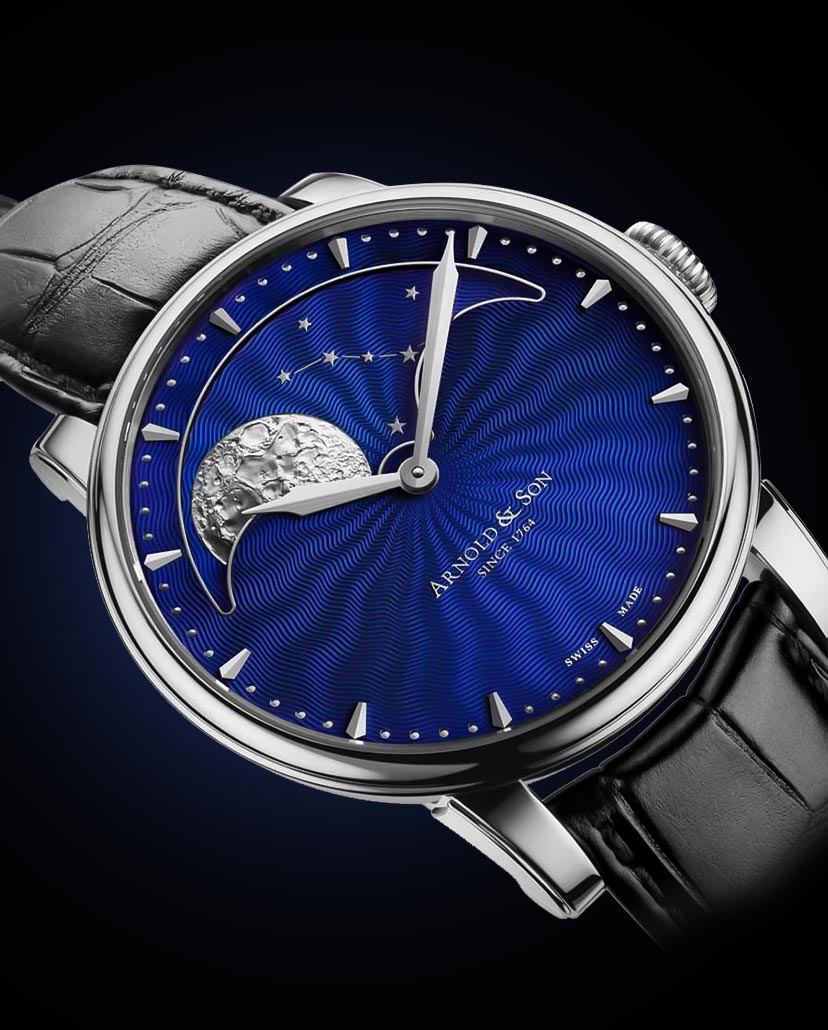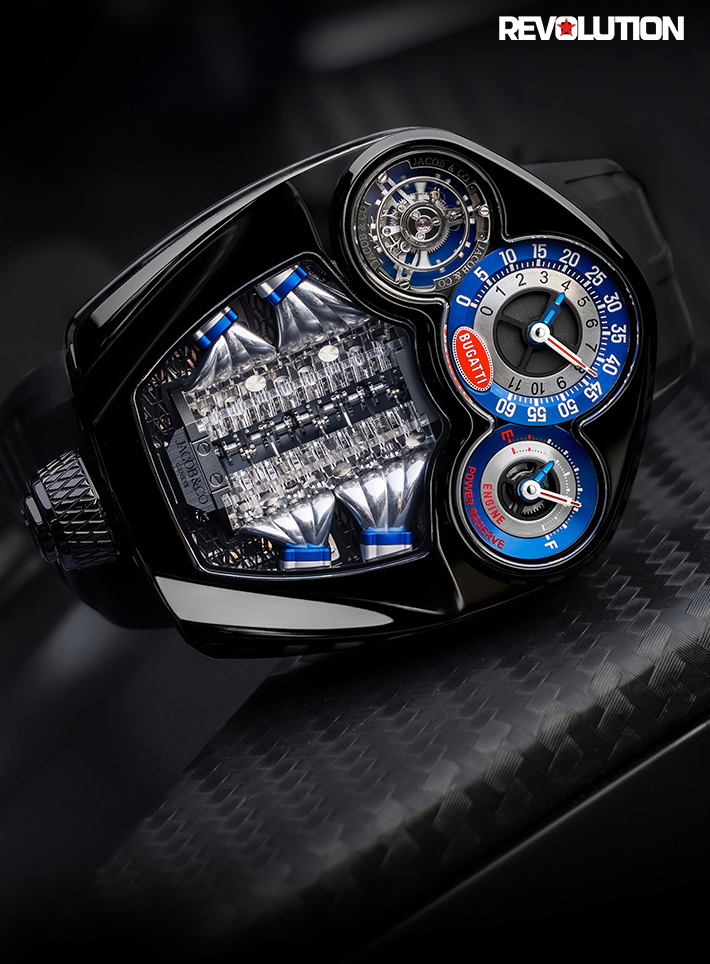Round-UpMore Power To You: Types Of Watch Movements And What Makes Them Tick
A movement breathes life into a watch… but do you know the difference between the various kinds? We break it down for you
May We Recommend
Ever wondered what a watch would be without a movement? Well… one would simply keep watching and waiting for it to function and carry out its primary task of telling the time. One need not reiterate the importance of a movement when it comes to a timepiece. It’s like air is to us as water is to fish—an absolute necessity for survival. The movement, also known as a calibre is the powerhouse that breathes life into a watch and most of the times also determines the price points depending on the type ie whether it’s mechanical, quartz, or hybrid and also the kind of engineering and innovation involved in developing it. Let’s look at some of the most popular types of movements that are used in an array of timekeepers, and what makes them tick.
Mechanical Movement
These are the hallmarks of haute horlogerie and are often associated with high-end and premium watches due to the sheer brilliance involved in their development. These often employ groundbreaking innovation and fine craftsmanship since they contain several components, which are put together to manufacture the entire mechanism. Mechanical movements have a more complex structure and they operate on the energy provided by a spring, which, when fully wound, stores and releases this to power the watch. This energy transmission happens through a series of gears and springs, which are engineered to guarantee precision and accuracy. Based on this, there are two types of mechanical movements: automatic or self-winding and hand-wound or manual-winding.
Automatic Movement
These movements garner energy through the natural motion of the wearer’s wrist. These are mostly the preferred choice among watch enthusiasts as they require no winding on a daily basis, hence saving the wearer time and the hassle of getting into this since these movements are self-winding. One must only ensure to wear it daily in order for the movement to stay functional and maintain power. The metal rotor or weight attached to the movement here ensures that it spins with the movement of the wearer’s wrist and help in automatically winding the watch.
Manual-Winding Movement
This one is considered the most traditional out of all movements and also carries a certain prestige when it comes to fine watchmaking. This is because of the legacy that’s associated with manual-winding movements since they are the oldest types of powerhouses that were made during the advent of haute horlogerie. They are known for their beautiful finishing and decorations, which are mostly visible through an exhibition caseback in a watch. They are hand-wound movements since they have to be manually wound every single day to ensure that it creates the energy in the mainspring, required for a watch to function. The winding mechanism is usually controlled by the crown and one has to wind the mainspring through this, a couple of times until the energy is stored and is potentially released via gears and springs, which regulate the energy flow inside the watch. The winding intervals can also vary—some movements require daily winding, while others could store energy for up to five or even eight days.
Quartz Movement
Back in the 1970s, Japanese brand Seiko were credited with creating a super-reliable quartz movement, which shook the foundations of the Swiss mechanical watch industry. The reason? These battery-powered movements were cheaper and extremely accurate since they contained fewer components. However, they aren’t highly coveted since they lack craftsmanship unlike mechanical marvels and do not even require any winding. Here, a battery sends an electrical current through a small quartz crystal and creates vibrations, which keep the movement oscillating, thereby making the watch functional.

SuperQuartz Movement
A sub-genre of the quartz movement, the SuperQuartz was introduced in 2001 by Breitling and is ten times more accurate than the standard quartz movement, deviating by only one to two seconds a year. It is of course exclusive to the brand. Basically, it has all the qualities of a quartz movement in terms of accuracy and is also ‘Thermo Compensated’. This means, apart from passing all the stringent COSC Chronometer certification criteria, it uses a technology that is able to adjust how temperature can affect the accuracy of the quartz regulator.

Kinetic Movement
Falling somewhere between mechanical and quartz, the ‘kinetic’ movement is a unique creation, developed and popularised by Japanese watchmaker Seiko, and was first introduced at the 1986 Baselworld fair. These watches contain an internal electrical generator operated by the kinetic movement of the user’s wrist. The generated electricity is then stored in a rechargeable battery, which requires replacement less frequently when compared with the standard battery found in a quartz watch.

Solar-Powered Movement
These also come under the quartz-movement umbrella and as the name suggests, these movements are powered by the Sun where the natural light recharges the battery of the watch. Perhaps the most recent and best example would be of the TAG Heuer Solargraph technology, which equips their Calibre TH50-00—a unique solar movement where there is no need to change the watch’s battery since it recharges with the sun or artificial light. This is featured in the TAG Heuer Aquaracer Professional 200 Solargraph, available in two versions: carbon fused with luminous material, or in titanium.
Spring Drive Movement
A technology patented by Seiko, the ‘Spring Drive’ is their ingenious automatic watch with one-second-a-day accuracy. It is the only watch movement in the world that is powered by a mainspring and has a regulator without an escapement. To sum up, this movement combines the beauty of a mechanical watch with the precision of electronic timekeeping and has four key features: high accuracy; glide or continuous motion of hands since there’s no escapement; long power reserve even if the chronograph is in continuous operation; and fast winding, thanks to a ‘magic lever’ system.
Hybrid Movement
These movements are born out of a union of quartz and mechanical movements and offer a new perspective on mechanisms powering a watch. Brands like Seiko have experimented by combining a quartz movement and a single stepper motor of a mechanical movement. However, one of the more recent brands to have jumped on this bandwagon would be Frederique Constant, with their Hybrid Manufacture movement. Designed in keeping with classical watchmaking principles, updated with innovative 21st century techniques, this movement combines Swiss fine mechanical watchmaking know-how with smartwatch functionality.





























